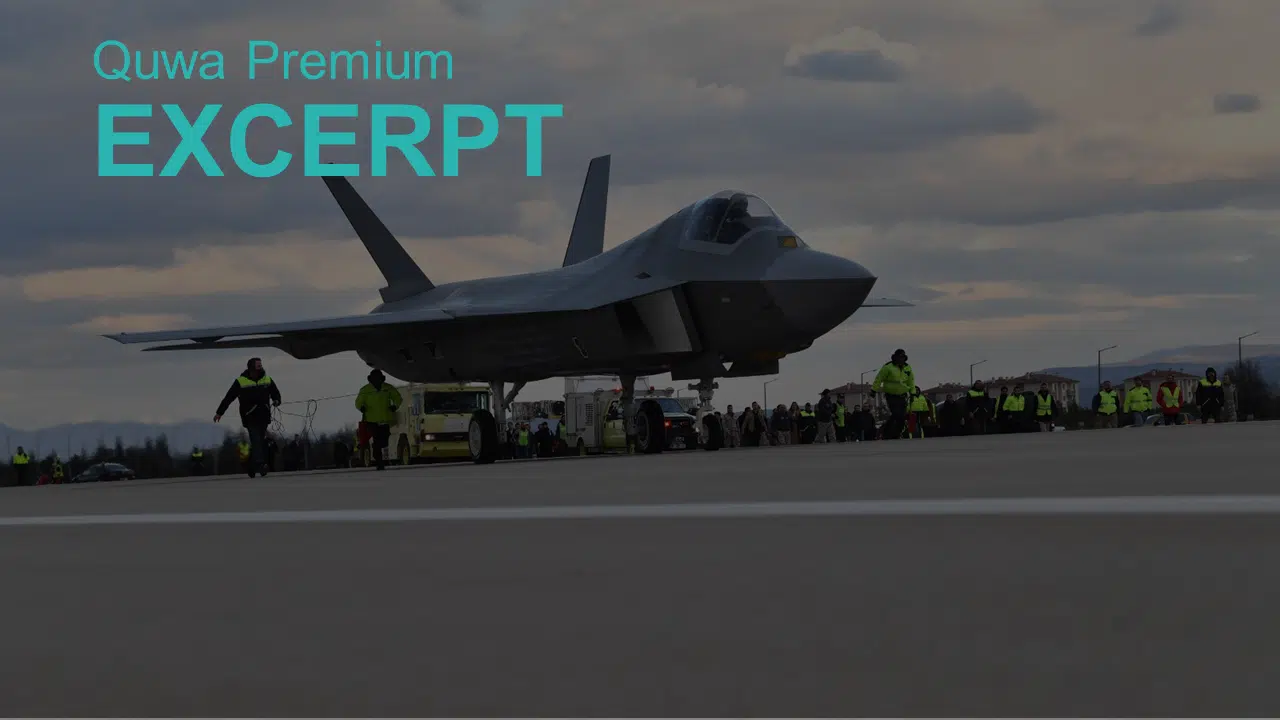3449Views 0Comments

Lebanon’s New Weapons
By Bilal Khan
In June 2015 the Government of Lebanon sent formal requests to the U.S for the sale of six A-29 Super Tucano turboprop aircraft and as many as 1,000 AGM-114 Hellfire II air-to-surface missiles. Together, the two programs would cost Lebanon around $600 million U.S. The Super Tucano contract also includes 2,000 Advanced Precision Kill Weapon Systems (APKWS), which are basically laser-guidance kits for Hydra 70 unguided rockets. If taken collectively, it is clear that this purchase is a major step forward in the direction of seriously strengthening Lebanon’s counter-insurgency (COIN) capabilities.
The A-29 Super Tucano (also known as the EMB-314) is a turboprop aircraft designed and manufactured by Embraer in Brazil. Embraer designed the aircraft to serve as a multipurpose machine capable of basic training, COIN, reconnaissance, and close air support (CAS). The EMB-314/A-29 was one of the first turboprops designed to perform close to or on-par with basic jet aircraft such as the Cessna T-37/A-37. In an era of jet aircraft one might ask, “Why revert to propeller aircraft?” Well, these turboprops, whilst offering similar performance to basic jet aircraft (in addition to being equipped with modern avionics), they are much cheaper to operate: The EMB-314 could fly for as little as $400-500 per hour, jets (by virtue of being more powerful and requiring much more fuel) cost more, and in the case of combat platforms, much more (e.g. the F-16C/D can start at $7000 an hour).
When it comes to basic flight training, the cost difference is an obvious advantage for turboprops, enabling air forces to have trainees in the air more frequently. The difference is much starker when it comes to combat operations, where modern fighters such as the F-16C/D can cost $7000 an hour to fly. But there is an important caveat. In most cases involving state-to-state warfare, turboprops cannot displace jet fighter aircraft in any role (except for maybe hugging terrain for shooting down unmanned aerial vehicles). The combat value of a turboprop (compared to jet fighters) shines in combat environments where the enemy is not a state, but a group that is armed with light weapons. In other words, COIN.
Air support in the form of precision strikes (via satellite and laser-guided munitions) are integral components to COIN operations. But deploying fighter jets such as the F-16 or F/A-18 can get very costly, especially in prolonged campaigns where frequent air support is factored in as a necessity. For air forces with shallow operational capacities, such as the Afghan Air Force and Lebanon Air Force, turboprops such as the A-29/EMB-314 are becoming common. In fact, even countries with formidable jet fighter fleets, such as the United Arab Emirates, are looking to adopt aircraft such as the EMB-314. It would not be surprising if the UAE and others, such as Pakistan, would integrate modern turboprops into their COIN doctrines, especially if COIN is destined to factor into their long-term operational objectives.
Lebanon’s A-29s will be armed with APKWS laser-guided rockets and (more than likely) AGM-114 Hellfire II air-to-surface missiles. These are serious capabilities in the COIN sphere, enabling the Lebanese forces to strike targets with a high degree of precision and damage (especially against vehicles, structures such as buildings, non-reinforced bunkers, etc). The Hellfire II is a multi-mission laser-guided missile with a range of 8km and loaded with an 8kg warhead. It is worth noting however that formal integration of the Hellfire-II to the A-29 has not yet happened, but since the A-29 is capable of using the heavier AGM-65 Maverick (a TV-guided air-to-surface missile), it is only a matter of time.

There is an obvious political dimension as to why Lebanon is sharpening its COIN capabilities, and that is its military’s overt focus on tackling armed groups and organizations. In recent years Lebanon has found itself on the frontiers facing organizations such as Jahbat an-Nusra and ISIS, and seeing the U.S facilitate the country’s acquisition of effective counterinsurgency equipment is a clear sign that a flank is being built upon Syria’s South/Southwest corner. It will be worth seeing how much further Lebanon’s COIN capabilities are built and if heavier weaponry (such as dedicated attack helicopters) are on the horizon.


